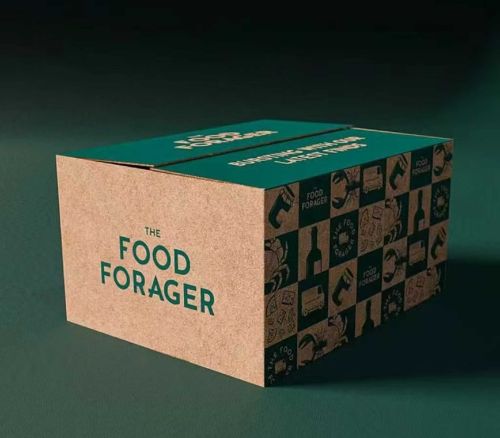In the world of custom packaging, printing plays a crucial role in how your brand is perceived. Whether you're a small business or a large enterprise, choosing the right printing method can significantly impact your packaging design. Two popular methods used in custom cardboard packaging are traditional printing and UV printing. Understanding the difference between the two can help you make informed decisions for your custom packaging with logo and overall branding.
Traditional printing refers to techniques like offset or screen printing, which have been widely used for decades. This method involves transferring ink to the surface of the material (usually paper or cardboard) through a series of plates. The ink takes time to dry, and depending on the complexity of the design, the process can be more labor-intensive.
Traditional printing is ideal for large-volume orders and produces consistent results. It works well for simple designs, which is why it’s often used for basic custom packaging supplies. For businesses looking for cost-effective solutions, traditional printing can be a great choice for custom packaging for small businesses, especially when the focus is on practicality rather than high-end aesthetics.


UV printing, on the other hand, is a more modern technology. It uses ultraviolet light to dry or "cure" the ink as it is applied to the surface. This results in a faster production process with a higher quality finish. The ink doesn’t absorb into the material, which allows for sharper, more vibrant colors and even allows for printing on non-porous surfaces.
For custom packaging with logos that require detailed and complex designs, UV printing is a preferred option. It’s ideal for custom packaging for small businesses looking to stand out in competitive markets. The high-gloss and durable finish provided by UV printing gives products a premium feel, making it a popular choice for brands that want to leave a lasting impression.
Drying Time: Traditional printing inks take time to dry, while UV printing instantly cures the ink, speeding up production.
Material Compatibility: Traditional printing is mainly suited for porous materials like cardboard, whereas UV printing can be used on a wide range of materials, making it versatile for custom packaging supplies.
Quality: UV printing offers higher resolution and more vibrant colors compared to traditional printing, making it ideal for custom cardboard packaging with intricate logos and designs.
Durability: UV-printed packaging tends to be more resistant to fading, scratches, and wear, ensuring that your custom packaging with logo maintains its quality even through rough handling.
If you're looking for cost-effective, large-scale production for basic packaging needs, traditional printing could be the right option for you. However, if you want high-quality, durable, and eye-catching designs for your custom packaging supplies, UV printing is the better choice. It is especially beneficial for businesses that want their custom cardboard packaging to stand out on retail shelves.
Ultimately, the choice between traditional and UV printing will depend on your brand’s specific needs, design complexity, and budget. Both methods have their advantages, but UV printing is increasingly becoming the go-to option for custom packaging for small businesses aiming for a modern, premium look.
By carefully selecting the right printing technique, you can ensure that your packaging not only protects your product but also enhances your brand identity in a competitive market.
© Copyright: Shenzhen Asoka Printing Co.,Ltd All Rights Reserved. sitemap.xml | sitemap.html | Terms & Conditions | Privacy